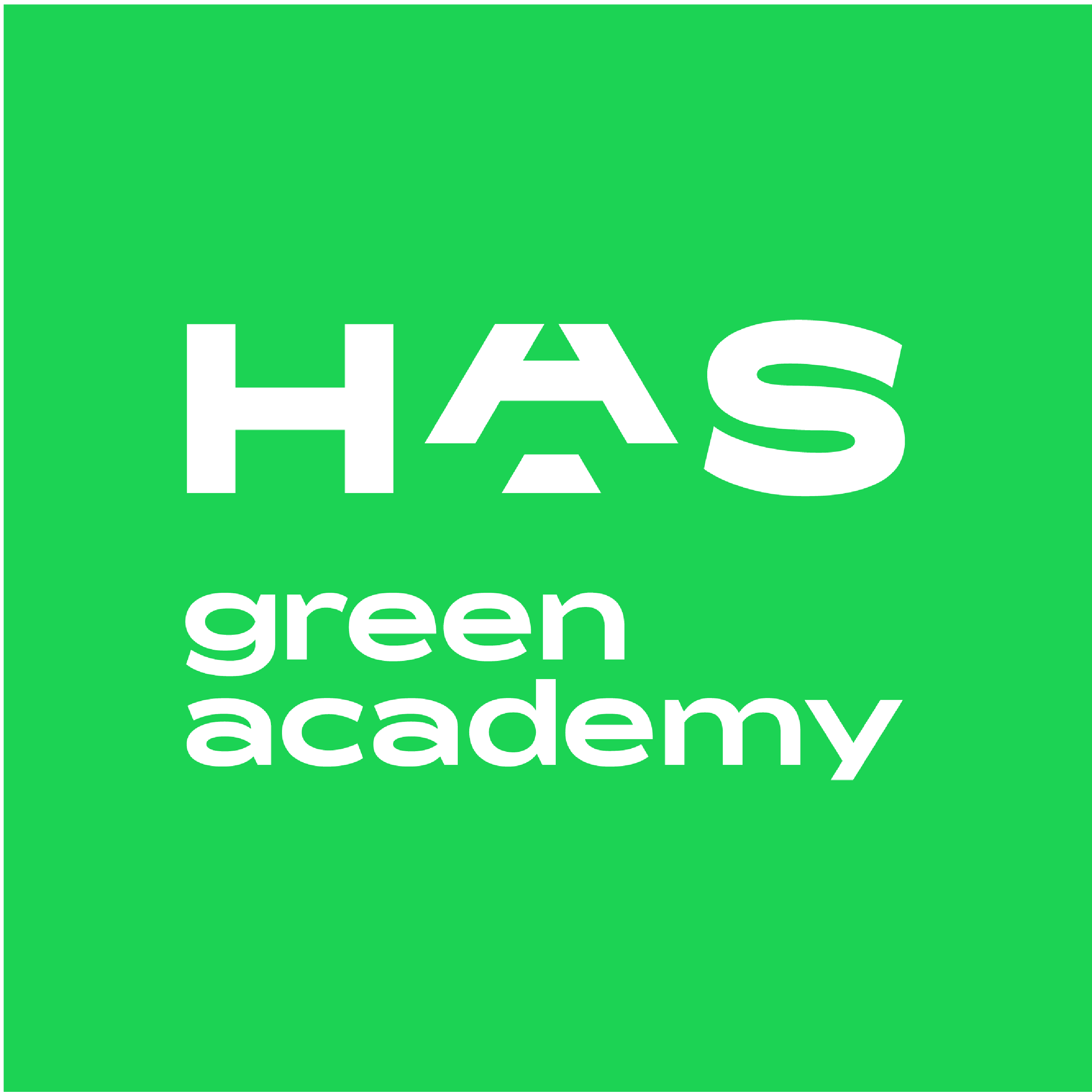Understanding graphs representing dynamic events is a challenge for many students at all levels. And technological tools can provide support in overcoming some of these difficulties. In our research we developed a digital tool that enables students to create, modify and improve graphs from dynamic events using interactive animations and intrinsic feedback. In order to get insight about why the tool helped (or not), the students we conducted a qualitative study in which we interviewed nine students who used the tool. The results offer insight in students’ learning and thinking about dynamic graphs and how digital feedback can afford that. These results are useful for researchers, developers and teachers.
DOCUMENT

Poster presented at the 14th Congress of the European Society for Research in Mathematics Education, Free University of Bozen-Bolsano, Italy.
DOCUMENT

Recently, we have introduced and modified two graph-decomposition theorems based on a new graph product, motivated by applications in the context of synchronising periodic real-time processes. This vertex-removing synchronised product (VRSP), is based on modifications of the well-known Cartesian product and is closely related to the synchronised product due to Wohrle and Thomas. Here, we recall the definition of the VRSP and the two modified graph-decompositions and introduce three new graph-decomposition theorems. The first new theorem decomposes a graph with respect to the semicomplete bipartite subgraphs of the graph. For the second new theorem, we introduce a matrix graph, which is used to decompose a graph in a manner similar to the decomposition of graphs using the Cartesian product. In the third new theorem, we combine these two types of decomposition. Ultimately, the goal of these graph-decomposition theorems is to come to a prime-graph decomposition.
MULTIFILE

National forestry Commission (SBB) and National Park De Biesbosch. Subcontractor through NRITNational parks with large flows of visitors have to manage these flows carefully. Methods of data collection and analysis can be of help to support decision making. The case of the Biesbosch National Park is used to find innovative ways to figure flows of yachts, being the most important component of water traffic, and to create a model that allows the estimation of changes in yachting patterns resulting from policy measures. Recent policies oriented at building additional waterways, nature development areas and recreational concentrations in the park to manage the demands of recreation and nature conservation offer a good opportunity to apply this model. With a geographical information system (GIS), data obtained from aerial photographs and satellite images can be analyzed. The method of space syntax is used to determine and visualize characteristics of the network of leisure routes in the park and to evaluate impacts resulting from expected changes in the network that accompany the restructuring of waterways.
In this project, the AGM R&D team developed and refined the use of a facial scanning rig. The rig is a physical device comprising multiple cameras and lighting that are mounted on scaffolding around a 'scanning volume'. This is an area at which objects are placed before being photographed from multiple angles. The object is typically a person's head, but it can be anything of this approximate size. Software compares the photographs to create a digital 3D recreation - this process is called photogrammetry. The 3D model is then processed by further pieces of software and eventually becomes a face that can be animated inside in Unreal Engine, which is a popular piece of game development software made by the company Epic. This project was funded by Epic's 'Megagrant' system, and the focus of the work is on streamlining and automating the processing pipeline, and on improving the quality of the resulting output. Additional work has been done on skin shaders (simulating the quality of real skin in a digital form) and the use of AI to re/create lifelike hair styles. The R&D work has produced significant savings in regards to the processing time and the quality of facial scans, has produced a system that has benefitted the educational offering of BUas, and has attracted collaborators from the commercial entertainment/simulation industries. This work complements and extends previous work done on the VIBE project, where the focus was on creating lifelike human avatars for the medical industry.
The scientific publishing industry is rapidly transitioning towards information analytics. This shift is disproportionately benefiting large companies. These can afford to deploy digital technologies like knowledge graphs that can index their contents and create advanced search engines. Small and medium publishing enterprises, instead, often lack the resources to fully embrace such digital transformations. This divide is acutely felt in the arts, humanities and social sciences. Scholars from these disciplines are largely unable to benefit from modern scientific search engines, because their publishing ecosystem is made of many specialized businesses which cannot, individually, develop comparable services. We propose to start bridging this gap by democratizing access to knowledge graphs – the technology underpinning modern scientific search engines – for small and medium publishers in the arts, humanities and social sciences. Their contents, largely made of books, already contain rich, structured information – such as references and indexes – which can be automatically mined and interlinked. We plan to develop a framework for extracting structured information and create knowledge graphs from it. We will as much as possible consolidate existing proven technologies into a single codebase, instead of reinventing the wheel. Our consortium is a collaboration of researchers in scientific information mining, Odoma, an AI consulting company, and the publisher Brill, sharing its data and expertise. Brill will be able to immediately put to use the project results to improve its internal processes and services. Furthermore, our results will be published in open source with a commercial-friendly license, in order to foster the adoption and future development of the framework by other publishers. Ultimately, our proposal is an example of industry innovation where, instead of scaling-up, we scale wide by creating a common resource which many small players can then use and expand upon.
Lectorate, part of HAS green academy
